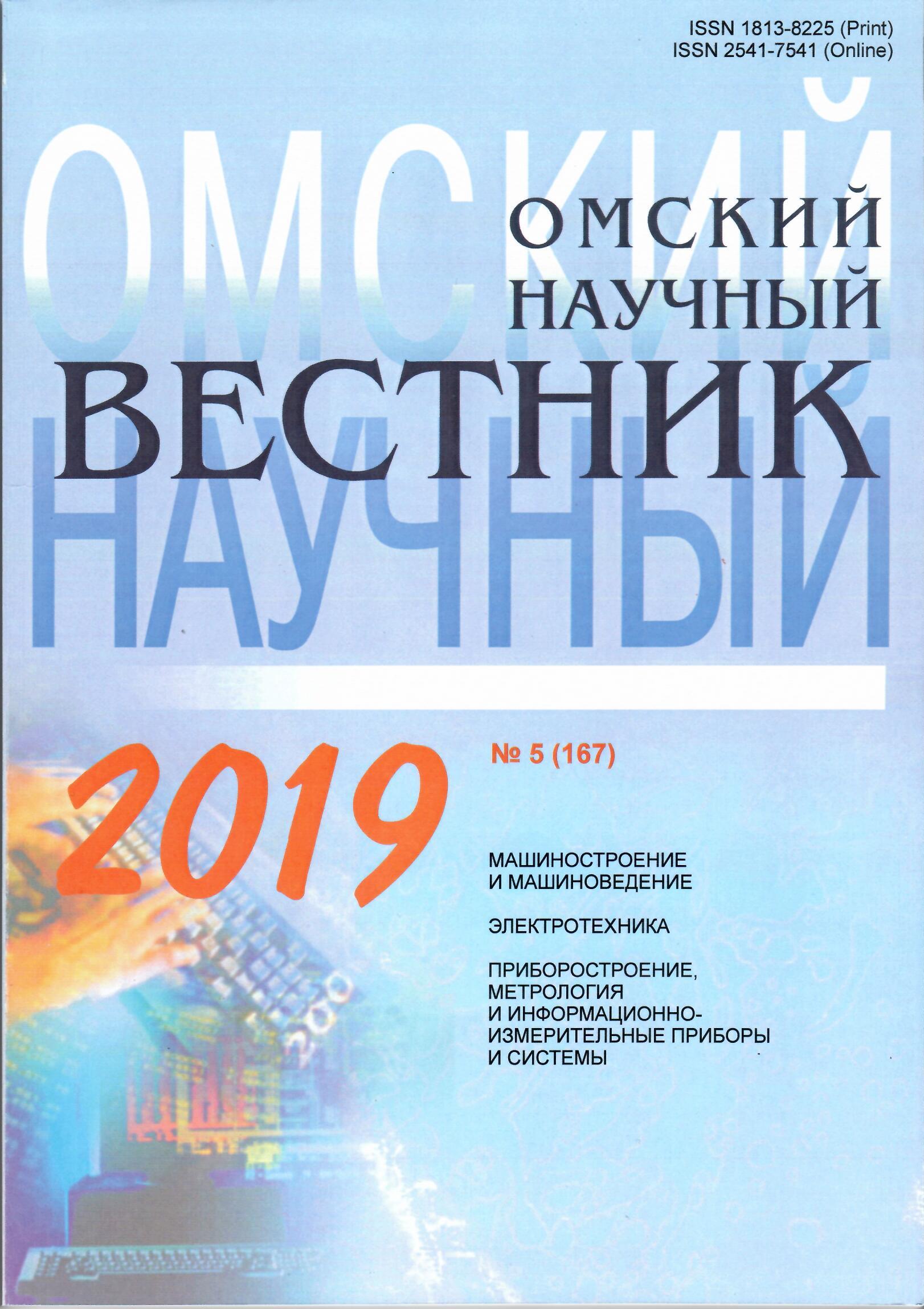Modeling power system with distributed generation
DOI:
https://doi.org/10.25206/1813-8225-2019-167-64-71Keywords:
distributed generation, simulation model, equivalent circuit of current-using equipment, electric transmission line, power transformer, effective value of alternating voltage and current, active and reactive power, total harmonic distortionAbstract
The article is devoted to the development of a simulation model of an electrical system with distributed generation on the example of power supply of residential buildings. Existing models of such systems have several drawbacks: not represented principal power consumers of the equivalent circuit of the individual power consumers is incorrect, the calculation of parameters of equivalent circuits of power consumers and other elements of electrical systems that are not described methods of measuring the main parameters of the electrical system. In this regard, there is a need to generalize the results obtained earlier and create a simulation model of the power supply system of residential buildings with distributed generation, taking into account the above shortcomings. The aim of this work is to develop a simulation model of the power supply system of residential buildings with distributed generation, including principal consumers, a description of the calculation of parameters of equivalent circuits of power consumers and other elements of electrical systems, review of methods of measurement of basic parameters of the electrical system. The result of the work is the creation of a simulation model of the power supply system of 6 residential buildings in the software package SimscapePowerSystems (Matlab). The model takes
into account the main types of current-using equipment of a residential building. The paper describes the calculation of the
parameters of the equivalent circuit of current-using equipment, electric transmission lines and power transformer. The method of measuring the basic parameters of the system using the blocks U, I, P Measurement and Powergui is considered. The results of measurements of the basic parameters of the system are showed.
Downloads
Published
How to Cite
Issue
Section
License
Non-exclusive rights to the article are transferred to the journal in full accordance with the Creative Commons License BY-NC-SA 4.0 «Attribution-NonCommercial-ShareAlike 4.0 Worldwide License (CC BY-NC-SA 4.0»)




